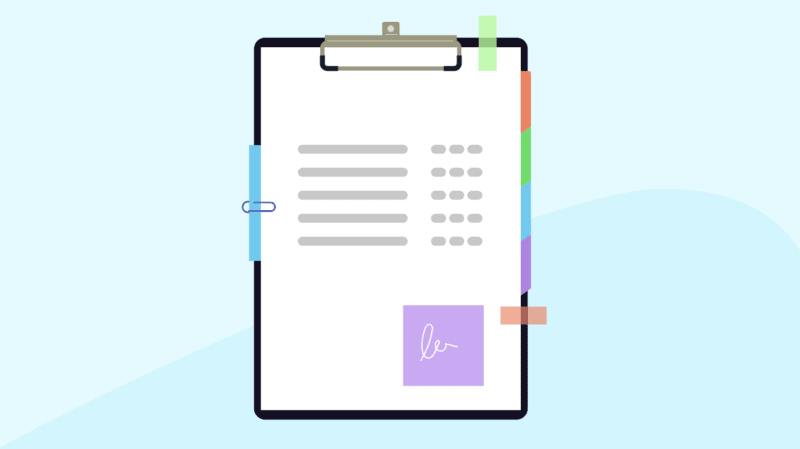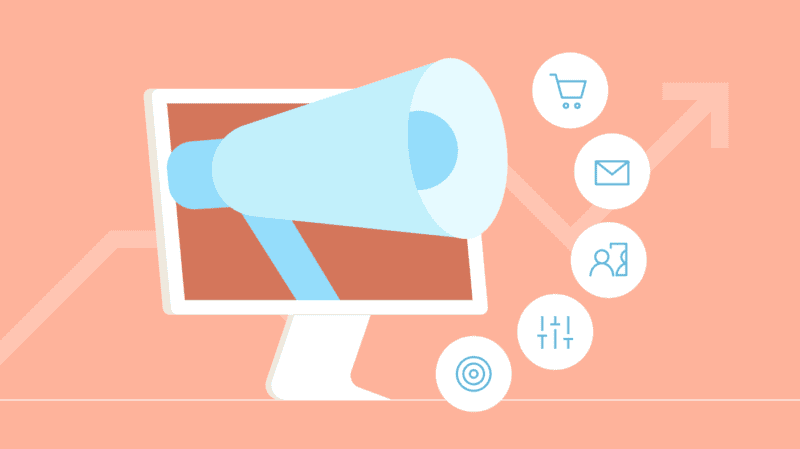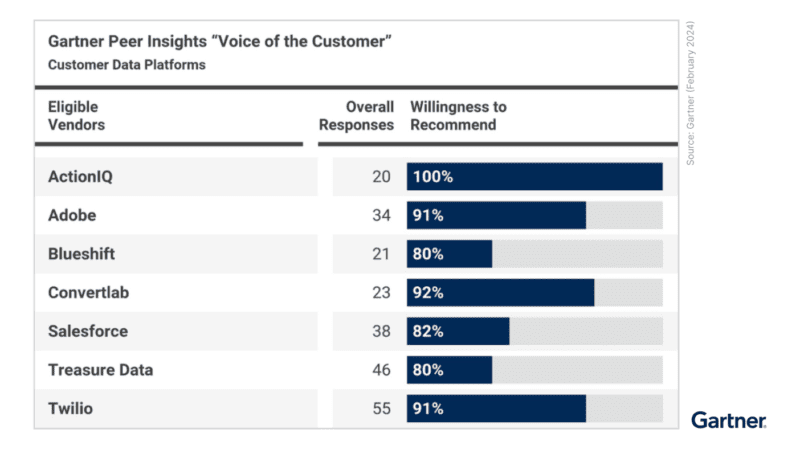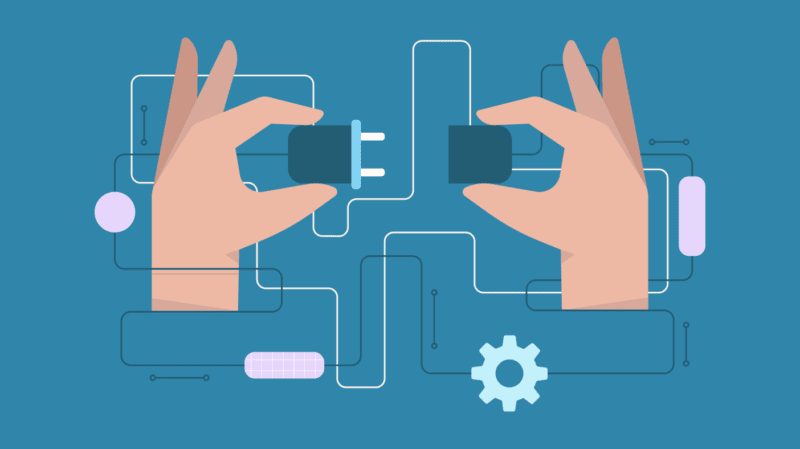24 Questions to Ask Your CDP Provider in 2024

If the Gartner® Magic Quadrant™ for CDPs tells us anything, it’s that the CDP market has officially arrived. The category has evolved from a nice-to-have to a need-to-have in every enterprise stack.
Customers like e.l.f., Northwestern Mutual, Atlassian, HP and Saks have all seen the benefits of partnering with a customer data platform (CDP) to engage customers across the lifecycle, with the full power of their customer data – so if you haven’t, it may be time to start exploring the results a CDP provider can bring to your brand.
Even if you’ve already partnered with a CDP provider, it may be time for a reset. Getting the complete functionality you need to support your futureproof goals may mean reevaluating your current solution (especially if they aren’t on the Gartner Magic Quadrant for CDPs), especially with the growth of Generative AI and the deprecation of third-party cookies.
So whether you’re looking to get started with a CDP or exploring your options, we’ve got lots of handy tools to give you clarity in the market. Yes we’re a little biased, but we also want to make sure that you’re picking a solution that’s right for both your unique architectural needs and your unique customer experience goals. One size doesn’t fit all.
You can check out any of our assets, including our 2024 CDP Market Guide to help you understand the categories, pros and cons or our CDP RFP Guide and Template. If you’re working with a data warehouse like Databricks, Snowflake, Teradata, Amazon Redshift or Google BigQuery, you can actually give ActionIQ’s Composable CDP a try right now with a CDP POC (at no-cost and in almost no time).
But to get you kickstarted on your journey to better customer experiences with a CDP, we put together a list of questions you can keep handy to ask your next CDP provider.
5 Key Categories You Need to Dig Into With Your Next CDP Provider in 2024
Quickly separate the leaders from the laggards and make sure you’re getting the complete CDP functionality you need from your next customer experience partner by understanding the key categories that will support your business as it grows and adapts with a quickly changing environment.
There are 5 key areas you should dig into in 2024.
1. Composability and Security
Composable CDPs have emerged in the market as the CDP that offers flexibility, scale and security to brands. You can read all about the key criteria and benefits of the Composable CDP here. These solutions offer modular applications (you only pay for what you need) to help brands build a best-of-breed stack, with a zero-copy infrastructure that allows brands to leverage their existing data investment. This means security for IT teams, paired with an easy-to-use interface for marketers to create audiences.
2. Identity and Acquisition
As third-party cookie deprecation continues, brands are looking to recombobulate their identity and acquisition strategy. With DMPs going extinct and identity solutions like LiveRamp costing brands high costs with low match rates, brands are looking to strategize around their first-party data. CDPs should have the first-party functionality, interoperability and ecosystem to support brands advertising use cases. This means digging deep with questions to make sure the integrations and ecosystem are flexible.
3. Audiencing and Orchestration
Audiences and journey orchestration is the bread-and-butter of any CDP worth their salt. The promise of the CDP is to bring all of your customer data together so marketers can easily put it to work with audiences and journeys designed with their unique audience and business goals in mind. Ensuring that you are getting the audiencing and orchestration capabilities you need will mean digging deep with questions about integrations, measurement and more.
4. Real Time
Reacting to customer signals in real time is table stakes for brands. This one is a no-brainer. The faster brands are able to react to customer behaviors across digital, the easier it is for brands to seize the revenue opportunity. It’s important for brands to dig under the hood of a CDP solution to make sure that the real time capabilities are there, and that they combine and contextualize real time with historical data for that complete picture.
5. AI and GenAI
2023 was the year that Generative AI exploded – and with good reason. AI and GenAI can support brands from operational efficiency to better audiences and new content. Your CDP partner should have existing AI capabilities to support your brand, and they should be continuing to bake these capabilities into their roadmap to keep your team efficient and cutting-edge.
24 Questions to Ask Your Next CDP Provider in 2024
Now, let’s take a look at some sample questions you should ask your next CDP partner. Note that this is a good kickstart, but just a sample. To get all the questions you need, check out our Foolproof, Futureproof RFP Guide to dig into all the nitty gritty integrations, security and testing and measurement questions you’ll need answered.
Composability
- How is your CDP integrated with the data warehouse?
- Where are your queries executed?
- On top of which data warehouses are you able to deploy?
- Do you support a hybrid approach where data can exist both within the CDP and within a data warehouse? Please describe.
- Can applications or capabilities be purchased separately or are all capabilities bundled into the solution?
Identity and Acquisition
- Do you have the ability to map multiple customer IDs to a single master ID?
- Describe your ability to unify customer records across customer data sources using deterministic and/or probabilistic ID matching.
- Describe how your platform allows anonymous visitors to be retargeted to walled gardens such as Meta/Facebook, Google, et al.
- Do you have integrations with 2nd-party data providers / data clean rooms? Which ones?
- Please describe how you stitch anonymous profiles to known profiles once a user authenticates.
Audiencing and Orchestration
- Does your tool allow non-technical users to easily explore and gather insights from the data?
- Do you have the ability to configure, depending on business requirements such as privacy considerations, which features can be used for modeling?
- Do you have the ability to activate data to all major ESPs, Marketing Clouds, DSPs, DMPs, Web Personalization engines, etc?
- Are you able to provide an example of a multi-step, multi-channel journey targeting a particular audience segment?
- Is there a limit on the number of decision branches used within a journey?
Real Time
- Do you have the ability to get insights on audience size, profile and overlap with other audiences in real time?
- Are you able to support triggered activations based upon real-time events?
- Do you provide an API for real-time profile lookups by tools such as site personalization engines and customer service software?
- Can real time data be used alongside historical information? How much historical information is surfaced in the drag-and-drop UI vs. being only-available through SQL?
- Do you have the ability to ingest data using file-based transfer methodology, including real-time monitoring for new files, maintenance of history of previously ingested files and perform ad hoc pre-processing including decryption and decompression?
AI and GenAI
- Does your solution have models that make recommendations and optimizes for the best audience, products, offers, lookalikes, channel preference?
- Does your solution provide bespoke, on-brand content that automatically maps to specific audiences with Generative AI?
- Can your solution allow marketers to use natural language requests for their audience creation and orchestration tasks to query data and engage with insights?
- Does your solution have a clear plan for incorporating Generative AI into operational workflows?
Build a Better Future With the Right CDP Provider and Customer Experience Partner
Finding the right customer data and experience partner that will give IT teams their security and infrastructure needs while giving marketers the easy-to-use segmentation and orchestration means doing your research and asking all the right questions to make sure that you’re getting what you need for your brand. When you’re ready, reach out and speak with our customer experience experts to see what a CDP can do for your brand.





